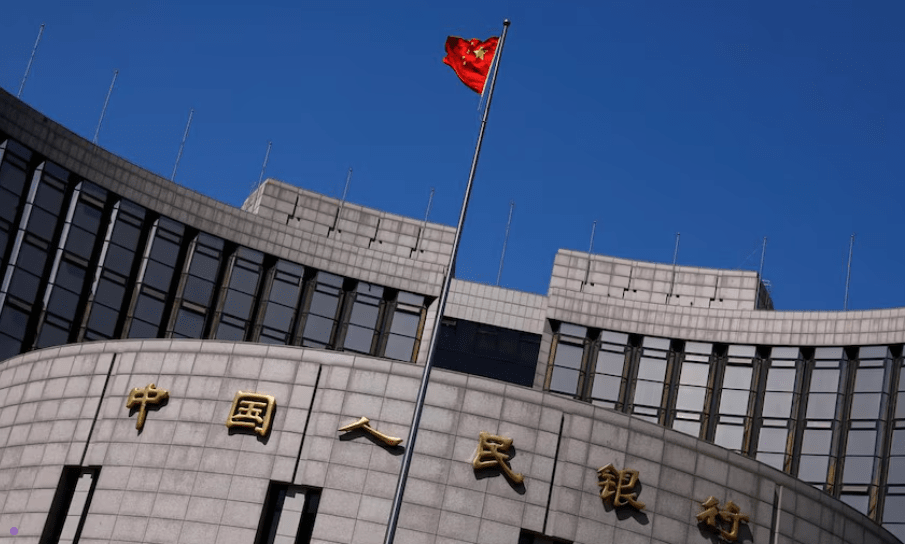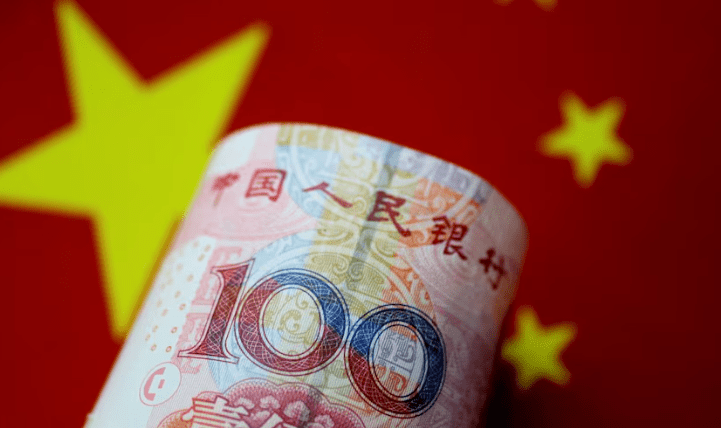Since everyone is talking about it, let this be a statement of proof.
If China issues an RMB stablecoin, it will be a strategic move with far-reaching implications, affecting global finance, the crypto industry, and even ordinary citizens at multiple levels.
Pay attention to whether the stablecoin supported by the RMB at the end of the month really brings benefits; first, let's take a look at the news highlights.

Reuters News
China is considering allowing the use of RMB-supported stablecoins for the first time to promote the broader use of the RMB globally.
The State Council of China is expected to review and possibly approve a roadmap later this month to promote the wider use of the RMB globally, which includes catching up with the U.S. advances in the stablecoin field.
China's top leadership is expected to hold a special study meeting as early as the end of this month, focusing on RMB internationalization and the rapidly developing global stablecoins.
If approved, China's plans for stablecoin usage will mark a significant shift in its attitude towards digital assets, indicating a profound policy turn and a far-reaching strategic layout. However, this may not be entirely positive for the cryptocurrency sector.
This marks a significant turnaround in China's attitude towards digital assets since it strictly prohibited cryptocurrency trading and mining in 2021. This indicates that regulators are shifting from a 'one-size-fits-all' blocking approach to a pragmatic strategy of 'differentiated treatment, utilizing for our own purposes', viewing stablecoins as financial innovation tools that can serve national strategies.
Internationalization of the RMB
The RMB stablecoin can provide a low-cost, high-efficiency, round-the-clock cross-border payment and settlement channel, expected to bypass the current traditional financial infrastructure dominated by the dollar (such as SWIFT) to seek a larger share for the RMB in global payments (currently only 2.88%), opening up new avenues.

Dollar stablecoin hegemony
Dollar stablecoins account for over 99% of the market share. The emergence of the RMB stablecoin will be a strong competitor from a major economy, potentially breaking the dominance of the dollar and providing significant alternative options for global users and countries looking to 'de-dollarize'.
China's actions will put pressure on other major economies, prompting them to accelerate the development and regulatory framework of their own sovereign currency stablecoins or CBDCs, leading to a new stage in global digital currency competition. Reports also mention that countries like Japan and South Korea have already taken similar measures.
Possible implementation pathways
Hong Kong's position as a financial center: The plan is to position Hong Kong and Shanghai as pilot cities for experimentation, which will greatly consolidate Hong Kong's strategic status as China's offshore financial center and a global virtual asset hub. The newly enacted stablecoin regulations in Hong Kong are well-prepared for this purpose. Additionally, it is also possible that China may promote the use of RMB stablecoins for trade settlement among member countries at occasions like the Shanghai Cooperation Organization summit.
This move will intensify competition among Asian financial centers.

Words for the crypto sector
High probability of differentiation rather than comprehensive integration: A stablecoin backed by sovereign countries entering the market itself provides legitimacy to stablecoin technology. But this does not mean embracing the existing decentralized crypto world. What China is likely to launch is a stablecoin system that is strictly regulated and has characteristics of licensed access. This could lead to a bifurcation of the crypto world into two parallel systems: one is the 'compliant' digital currency sector recognized by the authorities and serving national strategies; the other continues to pursue decentralization and a permissionless crypto-native world.
Complete liberalization domestically
Very low probability: This policy shift should be understood as a strategic adjustment from 'blanket blocking' to 'utilizing for our own purposes', rather than a complete lifting of restrictions on cryptocurrencies. The core reason for China's ban on cryptocurrency trading in 2021 was concerns about financial stability. The new plan also emphasizes the establishment of strict 'risk prevention guidelines' and 'defining its application and development boundaries'. Therefore, the most likely scenario is to allow and encourage the application of stablecoins that serve the RMB internationalization strategy, but the trading and speculative activities of private, decentralized cryptocurrencies (such as Bitcoin) are likely to remain under high-pressure restrictions.
Will it trigger a significant price surge?
Short-term benefits, long-term doubts: This news is a significant positive for market sentiment, as it marks a major economy's renewed acceptance of digital asset technology, potentially leading to market speculation and price increases in the short term. However, whether it can trigger a sustained bull market is questionable. The core of the RMB stablecoin is to serve cross-border trade and payments, not to provide liquidity for the crypto market. Under strict capital control frameworks, its exchange channels with mainstream crypto assets like Bitcoin and Ethereum are expected to be severely restricted. Therefore, its direct impact on the overall market capitalization of the crypto market may be limited, and its long-term effects are more structural rather than simply a surge of funds.
This is a statement of proof; pay attention to future developments. We will closely monitor the decisions of China's top leadership later this month and how this plan, which could change the global financial landscape, will unfold.
